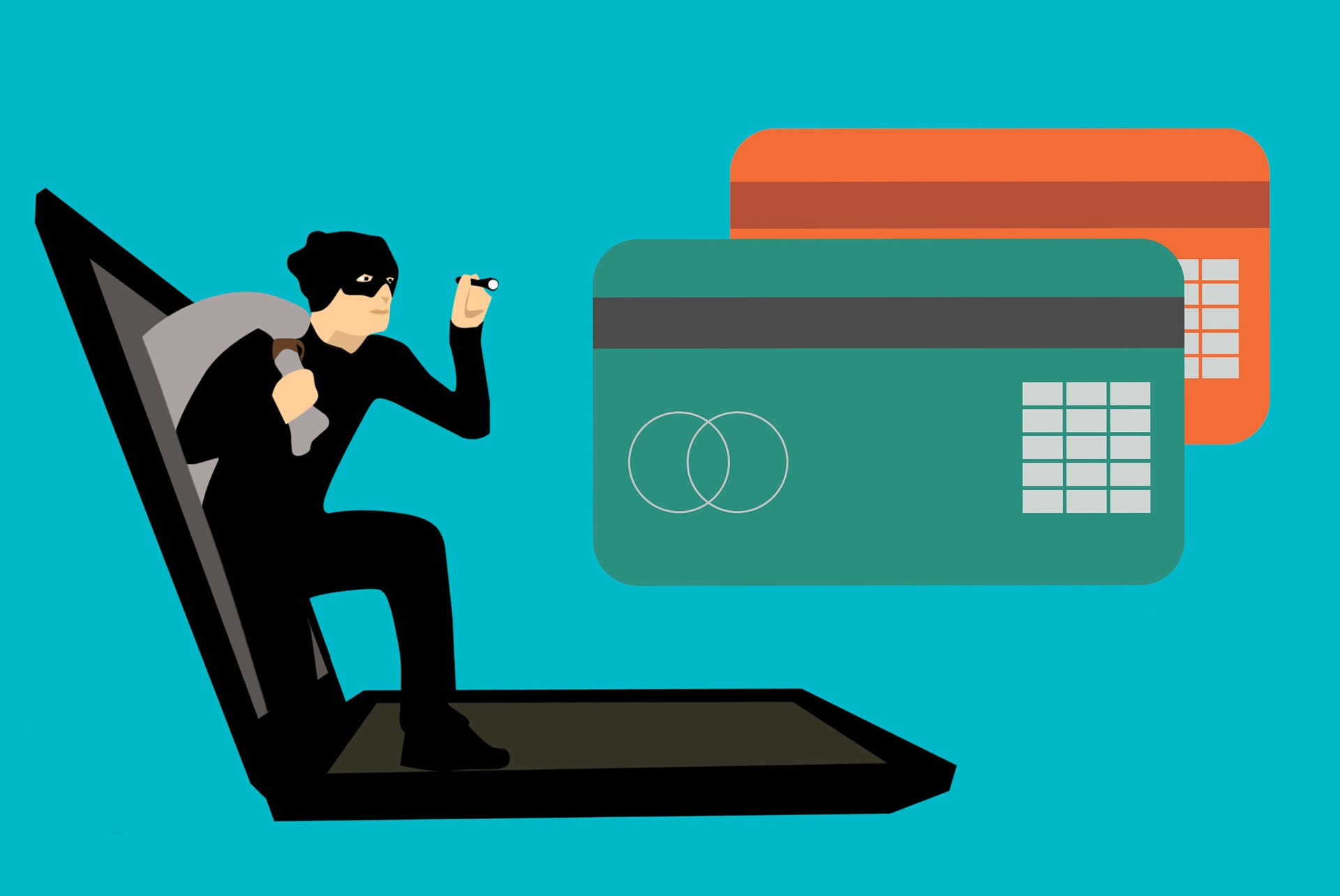Dear tellows fellows,
October has always been the European cybersecurity month for the past six years. The European Commission and the European Union Agency for Network and Information Security (ENISA) arranged the occasion to raise awareness of cybersecurity and to provide users the opportunities to protect themselves from cyber-criminals. The focus of the campaign is to give users some useful tips and tricks to prevent themselves from being a victim of cyber scams. These include phishing, smishing, and vishing. In case you haven’t heard of these scams, we have collected information about these types of scams below. Check it out!
1. Phishing
Phishing is using an electronic communication in order to get personal information of a user such as usernames, passwords, bank details, etc. Fraudsters often use different kind of malicious methods to obtain these personal details of the users. They may use social networks such as Facebook, LinkedIn or Twitter to collect background information of the user. With this information, the fraudsters may be able to gain the user’s trust and to trick the user easily. Usually, the user receives an email that seems to be sent by a known contact or organization. In the email, there’s a malicious file attachment that contains phishing software or a link to a website. The purpose of the fraudsters is typically to make the user install a malicious software. Sometimes they might directly send a link to a fake website where the user is required to fill in personal information such as bank details.

2. Smishing
Smishing is a form of phishing using messaging systems such as SMS, Whatsapp or private messages in social networks. The trick and purpose are very similar to phishing. The fraudsters send a message with an unknown link. The link contains a malware or a Trojan that the user should download. In order to download it, the user is required to enter personal details including credit card or bank information.

3. Vishing
Vishing or fraud of telephony is when fraudsters try to steal the user’s personal details via telephone call. This might also happen when the user sees a fake pop-up window containing a fake technical support number, claiming that the user has a problem in the computer that should be fixed. When the user calls the number, the fraudster would ask for personal details in order to fix the problem.
During the campaign in the cybersecurity month, companies have the opportunity to learn about the tricks and tips to avoid these three types of fraud. Every country has its own events and workshops which companies can choose to attend. Some countries also collaborate with each other for some events. For example, the UK and Ireland launched two new academic level certification in Certified Ethical Hacking and Cyber Forensics from EC Council on the 10th of October. The purpose of this event was to teach students the latest practices when preventing and addressing cybersecurity.
With the success of the cybersecurity month, we hope that the number of cyber scams continue to reduce in Europe. In addition, we also collected some simple tips for you to avoid being a victim of any cyber scams:
-
- When you receive any new email or text message, always double check on the sender’s notability and trustiness. In any case, do not reply to a suspicious email or message.
- Do not click on any link or download anything if you are not 100% sure. If you think the email or text message was sent by someone you know, you can compare the number or the email address with the ones you have previously.
- If you have been called by an unknown number, write down the caller’s name or organisation and tell them that you will call again. Use tellows.co.uk to search for any information on the phone numbers and see if you can trust the number or not!
- Never give any personal details, especially credit card or bank details via telephone call. Even your own bank would never ask for you card PIN with a phone call. You can also look for an official number of the organization or company that the caller claimed to call from and ask if the number belongs to them.
- If you keep being harassed by unsolicited phone calls, tellows has a solution for you! With the tellows app, you can easily block numbers that have been reported as negative by other users. Thanks to this feature, you don’t have to worry about falling as a victim of any vishing scam.
Check out our other post about the different types of telephone scam! You can find even more scams there.
Stay safe
Your tellows team